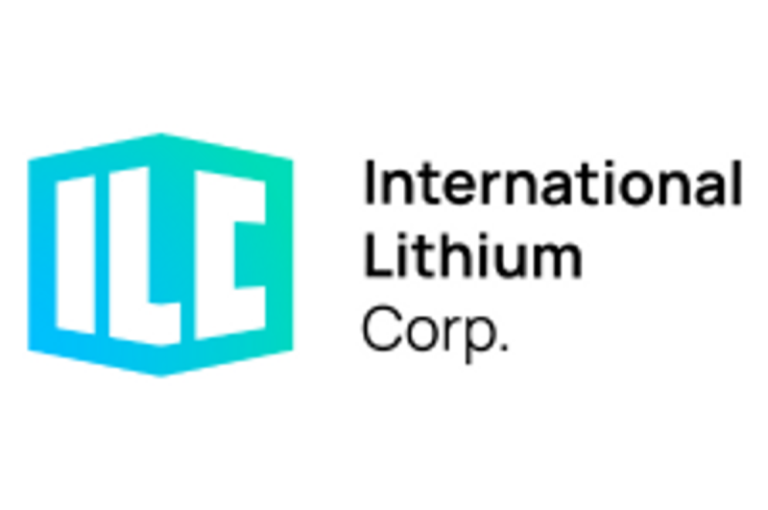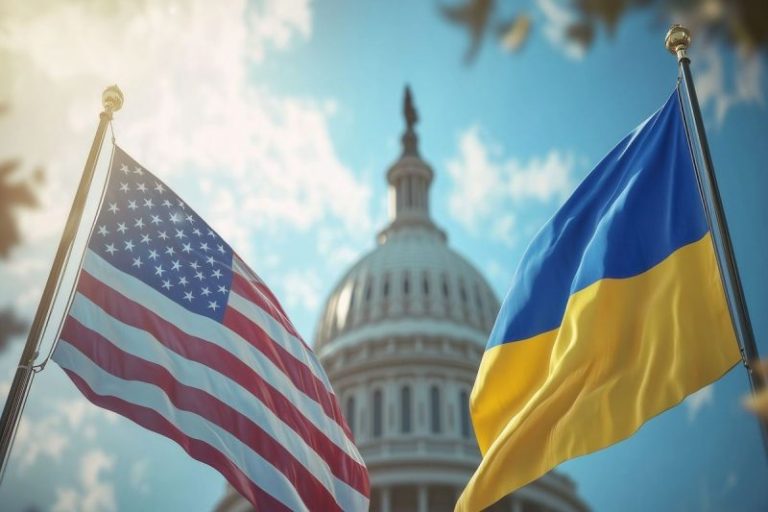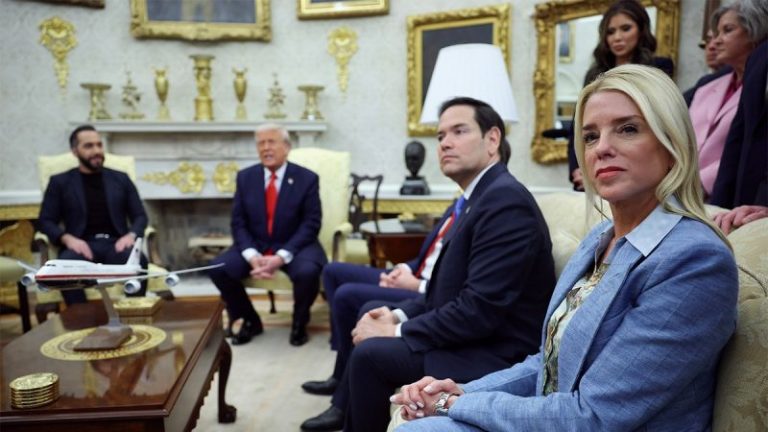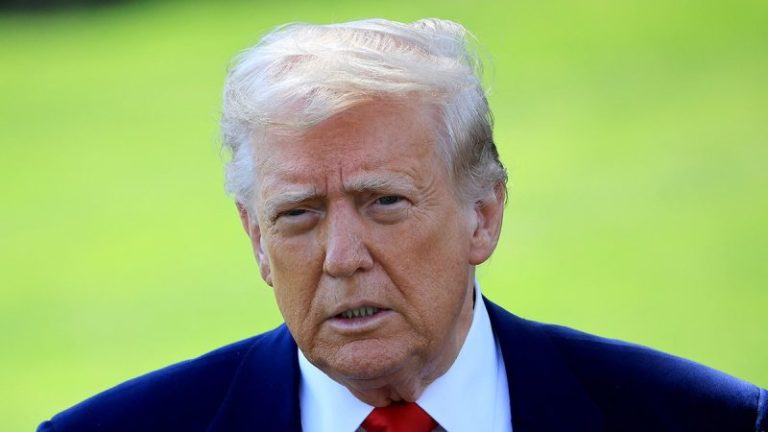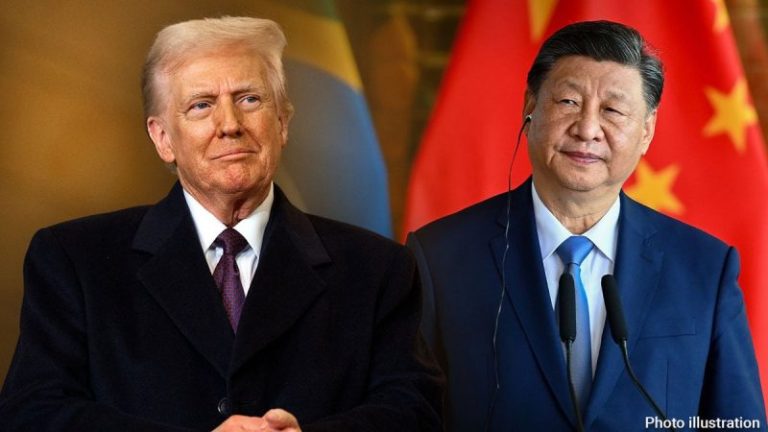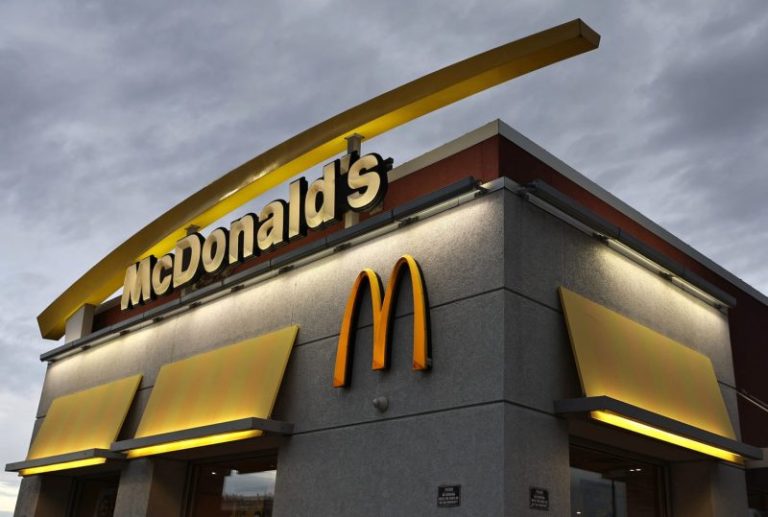International Lithium Corp. (TSXV: ILC) (OTCQB: ILHMF) (FSE: IAH) (the ‘Company’ or ‘ILC’) is pleased to announce that it is increasing the size of its non-brokered private placement financing (the ‘Offering’) from $600,000 to $855,000 and extending the closing of the Offering to May 30, 2025. The Offering was originally announced on February 5, 2025. The upsized Offering is comprised of up to 57,000,000 common shares of the Company at a price of $0.015 per share for gross proceeds of up to $855,000.
On March 31, 2025, the Company closed the first tranche the Offering and issued 23,666,666 common shares at $0.015 per share for proceeds of $355,000. The proposed payments from the first tranche proceeds included $183,600 to pay the outstanding fees to non-arm’s length creditors.
Proceeds of the private placement will be used primarily for general working capital purposes. The payments to persons conducting Investor Relations Activities shall not exceed 10% of the proceeds.
Closing of the Offering is subject to acceptance by the TSX Venture Exchange. All securities issued in connection with the Offering will be subject to a four-month hold period from the closing date under applicable Canadian securities laws.
It is anticipated that some directors and insiders will participate in the future tranches of the Offering. The issue of shares (to the extent subscribed for by insiders) constitute ‘related party transactions’ pursuant to Multilateral Instrument 61-101 – Protection of Minority Security Holders in Special Transactions (‘MI 61-101’), as the subscribers include directors of the Company. The Company is exempt from the requirements to obtain a formal valuation or minority shareholder approval in connection with the shares in reliance on the exemptions contained in sections 5.5(a) and 5.7(1)(a) of MI 61-101, respectively, as the fair market value of the shares does not exceed 25% of the Company’s market capitalization.
About International Lithium Corp.
While the world’s politicians are currently divided on the future of the energy market’s historic dependence on oil and gas and on ‘Net Zero’, there seems a clear and unstoppable momentum towards electric vehicles and electric battery storage. We have also seen the clear and increasingly urgent wish by the USA and Canada and other major economies to safeguard their supplies of critical metals and to become more self-sufficient. Our Canadian projects, which contain lithium, rubidium and copper, are strategic in that respect.
Our key mission in the next decade is to make money for our shareholders from lithium and other battery metals and rare metals while at the same time playing our part in creating a greener, cleaner planet and less polluted cities. This includes optimizing the value of our existing projects in Canada as well as finding, exploring and developing projects that have the potential to become world class deposits. We have announced separately that we regard Zimbabwe as an important strategic target market for ILC, and that we have applied for and hope to receive EPOs there. We hope to be able to make announcements over the next few weeks and months.
The Company’s interests in various projects now consists of the following, and in addition the Company continues to seek other opportunities:
| Name | Metal | Location | Area (Hectares) | Current Ownership Percentage | Future Ownership percentage if options exercised or work carried out | Operator or JV Partner |
| Raleigh Lake | Lithium Rubidium |
Ontario | 32,900 | 100% | 100% | ILC |
| Firesteel | Copper Cobalt |
Ontario | 6,600 | 90% | 90% | ILC |
| Wolf Ridge | Lithium | Ontario | 5,700 | 0% | 100% | ILC |
| Mavis Lake | Lithium | Ontario | 2,600 | 0% | 0% (carries an extra earn-in payment of CAD$ 0.7 million if resource targets met) |
Critical Resources Ltd ( ASX: CRR) |
| Avalonia* | Lithium | Ireland | 29,200 | 0% | 2.0% Net Smelter Royalty | Ganfeng Lithium |
| Forgan/ Lucky Lakes |
Lithium | Ontario | 0% | 1.5% Net Smelter Royalty | Ultra Lithium Inc. ( TSXV: ULT) |
|
| *Sale not completed yet | ||||||
The Company’s primary strategic focus at this point is on the Raleigh Lake lithium and rubidium project and the Firesteel copper project in Canada and on obtaining EPOs and mineral claims in Zimbabwe.
The Raleigh Lake Project now consists of 32,900 hectares (329 square kilometres) of mineral claims in Ontario and is ILC’s most significant project in Canada. Drilling has so far been on less than 1,000 hectares of our claims. A Preliminary Economic Assessment( PEA) was published for ILC’s lithium at Raleigh Lake in December 2023, with detailed economic analysis of ILC’s separate rubidium resource still to come. Raleigh Lake is 100% owned by ILC, is not subject to any encumbrances, and is royalty free. The project has excellent access to roads, rail and utilities.
A continuing goal has been to remain a well-funded company to turn our aspirations into reality, and following the disposal of the Mariana project in Argentina in 2021, the Mavis Lake project in Canada in January 2022, and the Avalonia project in 2024 (sale not completed yet), ILC has achieved sufficient inward cashflow to be able to make progress with its exploration projects.
With the increasing demand for high tech rechargeable batteries used in electric vehicles and electrical storage as well as portable electronics, lithium has been designated ‘the new oil’ and is a key part of a green energy sustainable economy. By positioning itself with projects with significant resource potential and with solid strategic partners, ILC aims to be one of the lithium and rare metals resource developers of choice for investors and to continue to build value for its shareholders in the ’20s, the decade of battery metals.
On behalf of the Company,
John Wisbey
Chairman and CEO
www.internationallithium.ca
For further information concerning this news release please contact +1 604-449-6520
Neither TSX Venture Exchange nor its Regulation Services Provider (as that term is defined in the policies of the TSX Venture Exchange) accepts responsibility for the adequacy or accuracy of this release.
Cautionary Statement Regarding Forward-Looking Information
Except for statements of historical fact, this news release or other releases contain certain ‘forward-looking information’ within the meaning of applicable securities law. Forward-looking information or forward-looking statements in this or other news releases may include: the timing of completion of the Offering and the amounts to be raised, effect of results of anticipated production rates, the timing and/or anticipated results of drilling on the Raleigh Lake or Firesteel or Wolf Ridge projects, the expectation of resource estimates, preliminary economic assessments, feasibility studies, lithium or rubidium or copper recoveries, modeling of capital and operating costs, results of studies utilizing various technologies at the company’s projects, budgeted expenditures and planned exploration work on the Company’s projects, increased value of shareholder investments, the potential from the company’s third party earn-out or royalty arrangements, and assumptions about ethical behaviour by our joint venture partners or third party operators of projects. Such forward-looking information is based on assumptions and subject to a variety of risks and uncertainties, including but not limited to those discussed in the sections entitled ‘Risks’ and ‘Forward-Looking Statements’ in the interim and annual Management’s Discussion and Analysis which are available at www.sedar.com. While management believes that the assumptions made are reasonable, there can be no assurance that forward-looking statements will prove to be accurate. Should one or more of the risks, uncertainties or other factors materialize, or should underlying assumptions prove incorrect, actual results may vary materially from those described in forward-looking information. Forward-looking information herein, and all subsequent written and oral forward-looking information are based on expectations, estimates and opinions of management on the dates they are made that, while considered reasonable by the Company as of the time of such statements, are subject to significant business, economic, legislative, and competitive uncertainties and contingencies. These estimates and assumptions may prove to be incorrect and are expressly qualified in their entirety by this cautionary statement. Except as required by law, the Company assumes no obligation to update forward-looking information should circumstances or management’s estimates or opinions change.
NOT FOR DISTRIBUTION TO UNITED STATES NEWS WIRE SERVICES OR FOR DISSEMINATION IN THE UNITED STATES
To view the source version of this press release, please visit https://www.newsfilecorp.com/release/250515
News Provided by Newsfile via QuoteMedia

